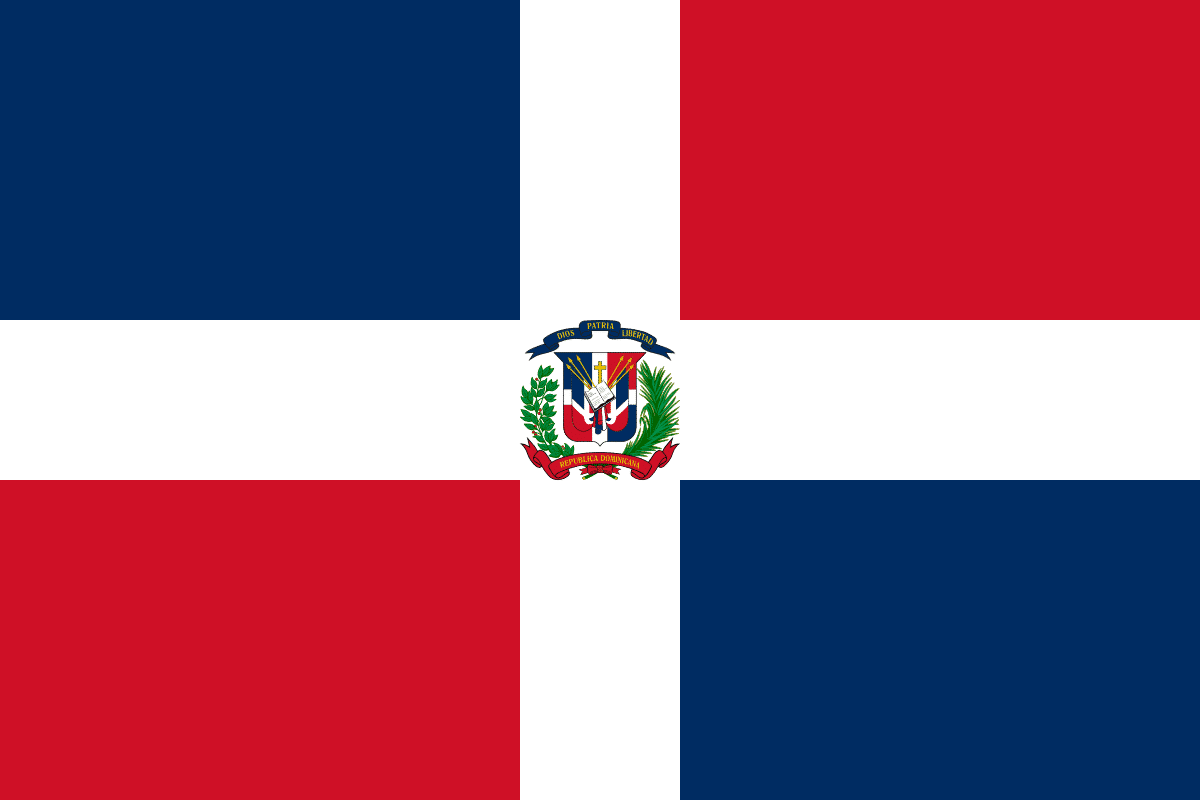Google celebrates Dominican Republic Independence Day

Today’s annual Doodle celebrates Independence Day in the Dominican Republic, a public holiday that honors the nation’s journey to freedom. On this day in 1844, a group called La Trinitaria (The Trinity) started a movement that fought for the country’s sovereignty.
Led by writer and activist Juan Pablo Duarte, who is widely regarded as the father of the Dominican Republic, La Trinitaria seized their moment against foreign occupants at Puerto del Conde. Once atop the fort, Duarte raised the blue, red, and white flag high in the sky — just like in today’s artwork.
On Independence Day, people across the country gather with loved ones and show off their patriotic pride. The holiday also happens during Carnaval de la Vega, a month-long celebration in February, which only adds to the festive mood. Many wear vibrant costumes and flashy masks while enjoying traditional delicacies like bacalao (dried, salted cod) and mangu (mashed plantains).
About Dominican Republic Independence Day
Dominican Republic Independence Day, commemorated annually on February 27, marks a pivotal moment in the nation’s history. With a heritage shaped by struggles against colonial powers, the Dominican Republic emerged from a complex past to become the vibrant and thriving nation it is today.
In the early 1800s, the colony of Santo Domingo found itself neglected by the Spanish crown, immersed in the España Boba era. The population, ruled by the ‘law of machete,’ witnessed the rise of influential cattle ranchers striving to bring order to the declining Spanish power. Led by José Núñez de Cáceres and the criollo class, the independence movement gained momentum in 1821, influenced by global revolutions.
Despite the initial declaration of independence in 1821, the Dominican Republic found itself united with Haiti for 22 years. Haiti, with its significant power and wealth, sought stability by merging with the newly independent nation. However, after years of disputes, the Dominican people, in 1844, successfully overthrew the Haitian government, securing true independence.
Observer Voice is the one stop site for National, International news, Sports, Editor’s Choice, Art/culture contents, Quotes and much more. We also cover historical contents. Historical contents includes World History, Indian History, and what happened today. The website also covers Entertainment across the India and World.

